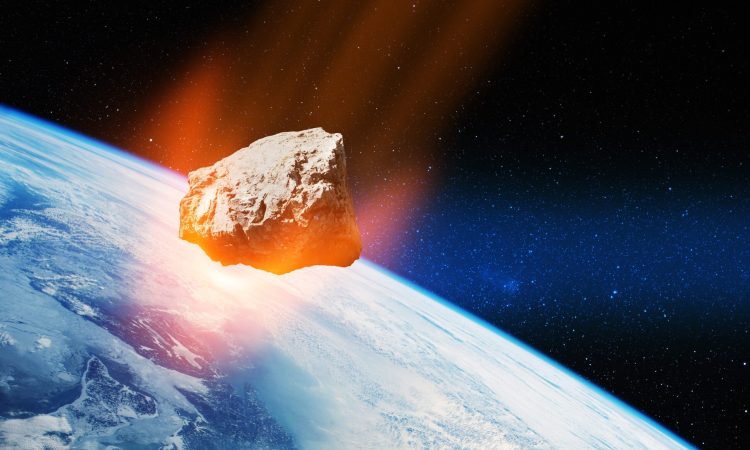
Precisely detonating a nuclear bomb on top of a chunk of space rock might be our best hope of avoiding a cataclysmic impact.
A laboratory experiment by an international team of researchers confirmed that X-rays emitted by an atomic explosion of the right size could deflect asteroids 3 to 5 kilometers wide off their course.
While there is no evidence of an urgent need for such a device, the consequences of being hit by a dangerous near-Earth asteroid are not trivial, making it vital that we devise a plan of action to save us.
NASA recently demonstrated that if a heavy probe hits a relatively small pile of rock with enough force, it should
Just under 800 meters in diameter and made up of loose gravel and boulders, the smallest member of the Dimorphos and Didymos binary system has moved far enough into orbit to lead astrophysicists to believe that a guided collision could be used to to push objects of similar size onto less dangerous trajectories.
Our best hope to avoid a cataclysmic impact
As promising as the results are, it’s clear that we need a lot more data before we throw chunks of metal in the hope of averting disaster. A bigger, more solid rock might be a whole different story.
Fortunately, there are several ways to hit an asteroid. Coupling with a powerful fusion engine or using a focused laser to create a rocket effect by ablating the asteroid’s surface could work, for example.
Among the more feasible approaches, heating a small patch of an asteroid’s surface with an intense glow of radiation could also create a rocket effect, vaporizing minerals with such ferocity that the escaping gases could, in theory, push the mass sufficiently long ago to change its trajectory, he writes.
The principles behind the evaporation of rocks using electromagnetic radiation can be tested and adjusted for different materials and mineral structures right here on Earth.
Led by Nathan Moore, a physicist at Sandia National Laboratories in the US, the researchers used a high-frequency electromagnetic wave generator called the Z Pulsed Power Facility to squeeze 1.5 megajoules of X-rays from a tank of argon gas.
There is no evidence of an urgency to have such a device
This “bubble” of radiation destroyed a thin piece of metal foil supporting a grain of molten silicon (also known as quartz glass), leaving the sample floating in free fall long enough to resemble a small via space-bar.
A split second later, the X-ray pulse passed over the target, removing micrometers from its surface and generating shock waves that provided critical data.
These could be used to predict the effects of a much larger burst of X-rays in the interplanetary vacuum. In fact, the resulting momentum transfer implies that asteroids up to 5 kilometers in diameter could plausibly be moved using this approach.
“More detailed models, such as the radiation-hydrodynamic model and those from other studies, can be tested against experimental data obtained with this technique and used to refine predictions for various asteroid interception missions,” the team notes in its report .
This research was published in

